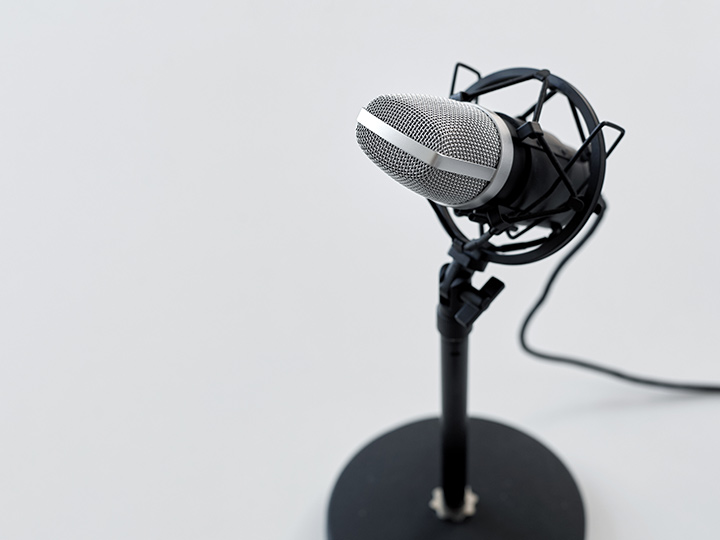The receiving antenna of a wireless microphone is one of the larger areas of misunderstanding. Errors in antenna selection, placement, and routing can all result in short distances and low signal strength in performance coverage areas, resulting in frequent dropped calls. Modern diversity receivers offer performance far superior to individual antenna types, but to optimize system performance and reliability, both antenna selection and placement must be correct. So how to solve this problem? First of all, it is necessary to ensure the good diversity performance of the system, and the antenna space must be guaranteed to be at least one and a half wavelengths. The angle of the receiving antenna should be in a "V" configuration to provide better signal pickup performance when the transmitter is moved or placed at different angles. If the receiver is to be installed away from the performance area (such as in an equipment closet or enclosed rack), a half-wave or directional antenna should be mounted remotely (preferably above the audience) so that there is a clear Boundary line of sight. Do not remotely mount ¼ shortwave antennas as they use the receiver chassis as a ground antenna. The extra distance between the antennas will not significantly improve the diversity performance of the system, but may provide better coverage of a larger stage, church or conference room area. If the antenna is mounted away from the stage, a directional antenna can be used to improve signal reception by picking up more signal in that direction and less signal pickup at other angles. If a coaxial cable is used to connect the antenna to the receiver, an antenna amplifier may be required to account for signal loss in cable transmission. The amount of signal loss depends on the specific length of the cable and the type of cable, so please follow the manufacturer's recommendations to calculate the total net loss of the signal should be controlled within 5dB.










